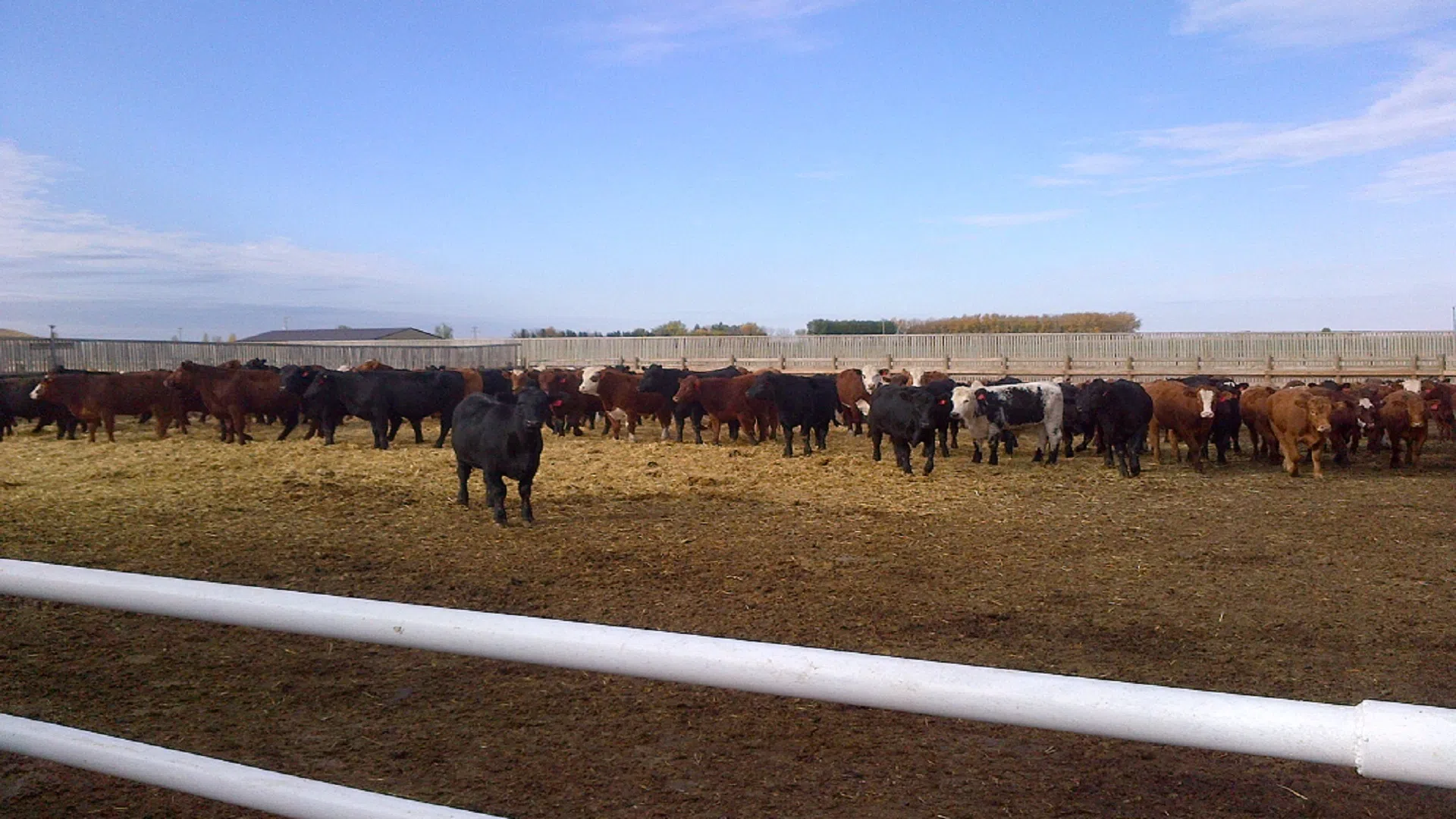
No BSE found among increased surveillance samples
LETHBRIDGE — It’s a term that does not slide off the tongue lightly – bovine spongiform encephalopathy or BSE. Most people would think it is an issue that has gone away because it hasn’t been upper-most in the news. However, it still haunts the cattle industry and producers stepped up in a big way to make sure it doesn’t rear its ugly head again.
In a report from the Canadian Cattlemen’s Association (CCA), 27,346 samples were submitted to the national B-S-E surveillance program in 2016 and not one tested positive for B-S-E.
It’s good news for a Canadian industry that is dealing with shrinking herds and other challenges, according to Association GM, Rob McNabb.
“Maintaining a credible level of BSE surveillance to demonstrate that Canada’s control measures are effective and are working towards eradicating the disease is important.”


